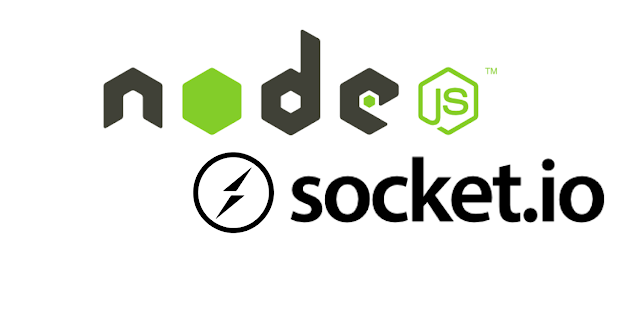How to install and set up Socket.io in a Node.js project?
What is Socket.io and how does it work with Node.js?
Socket.io is a JavaScript library that enables real-time, bidirectional communication between web clients (such as browsers) and servers. It provides a simple and powerful way to build applications that require instant data exchange and real-time updates.
Socket.io works seamlessly with Node.js, a server-side JavaScript runtime environment. Node.js allows you to run JavaScript code on the server, enabling you to build web applications using the same language on both the client and server sides.
When using Socket.io with Node.js, the server-side component creates a WebSocket server and handles incoming client connections. It establishes a persistent connection between the server and the client, allowing them to exchange data in real-time.
Socket.io uses the WebSocket protocol as its primary transport mechanism, which provides a full-duplex communication channel over a single TCP connection. However, Socket.io also includes fallback mechanisms that allow it to work in environments where WebSocket connections are not supported. In such cases, it gracefully degrades to other techniques like long-polling, AJAX, or server-sent events to maintain real-time communication.
Socket.io abstracts away the underlying complexity of working with WebSockets and provides a simple and consistent API for managing real-time events and data. It supports various features, such as event-based communication, broadcasting messages to multiple clients, joining specific rooms or namespaces, and handling disconnections and reconnections.
Overall, Socket.io and Node.js together provide a powerful combination for building real-time web applications that require instant updates, collaborative features, chat functionality, real-time analytics, and more.
To install and set up Socket.io in a Node.js project, follow these steps:
Step 1: Initialize a Node.js project
If you haven't already, navigate to your project directory in the terminal and run the following command to initialize a new Node.js project:
npm init -yStep 2: Install Socket.io
Next, install Socket.io as a dependency in your project by running the following command:
npm install socket.ioStep 3: Set up a Socket.io server
Create a new file, for example, server.js, and add the following code to set up a basic Socket.io server:
const express = require('express');
const app = express();
const http = require('http').createServer(app);
const io = require('socket.io')(http);
io.on('connection', (socket) => {
console.log('A user connected');
socket.on('disconnect', () => {
console.log('A user disconnected');
});
});
http.listen(3000, () => {
console.log('Socket.io server listening on port 3000');
});
This code creates an Express.js app, sets up an HTTP server using http.createServer(), and then initializes a Socket.io instance by passing the server as an argument to socket.io().
The io.on('connection') event is triggered whenever a client connects to the server. In this example, it logs a message when a user connects and disconnects.
Step 4: Start the server
Save the server.js file and run the following command to start the server:
node server.jsYour Socket.io server is now running and listening for connections on port 3000.
Step 5: Connect to the server from a client
To connect to the Socket.io server from a client (such as a web browser), you can add the following JavaScript code to an HTML file:
<!DOCTYPE html>
<html>
<head>
<title>Socket.io Client</title>
<script src="https://cdnjs.cloudflare.com/ajax/libs/socket.io/4.3.1/socket.io.js"></script>
<script>
const socket = io('http://localhost:3000');
socket.on('connect', () => {
console.log('Connected to the server');
});
socket.on('disconnect', () => {
console.log('Disconnected from the server');
});
</script>
</head>
<body>
<h1>Socket.io Client</h1>
</body>
</html>
This code includes the Socket.io JavaScript library and establishes a connection to the server using the io() function. It also listens for the connect and disconnect events and logs messages when the client connects or disconnects from the server.
Save this HTML file with a .html extension and open it in a web browser. You should see the connection messages logged in the browser's developer console.
That's it! You have successfully installed and set up Socket.io in a Node.js project. You can now build on this foundation to implement real-time communication and handle various events using Socket.io.




Post a Comment